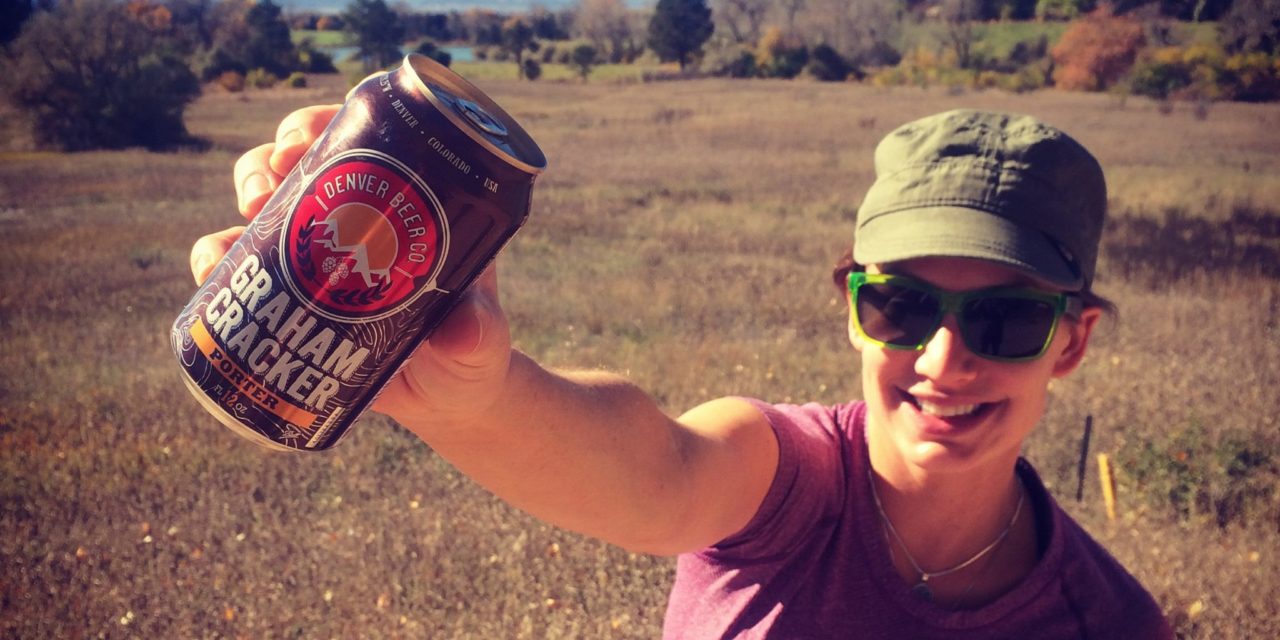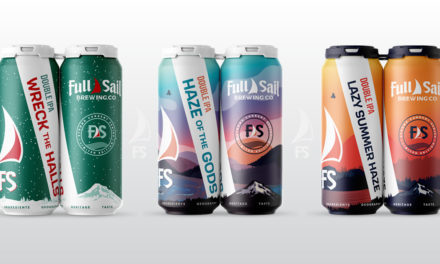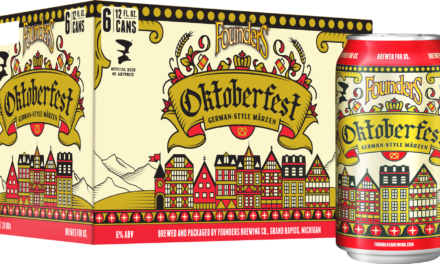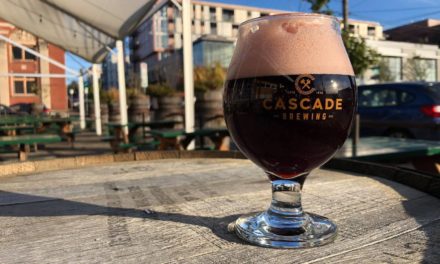When Peter Love, founder of Cask Global Canning Solutions, debuted a manual canner that could fill and seal two cans at a time at the 2002 Craft Brewers Conference and BrewExpo in Cleveland, Ohio, the response was less than encouraging. Love recalls, “One guy came by the booth and said, ‘That’s the dumbest thing I’ve ever heard of. What respectable brewer would put their beer in an aluminum can?’”
Dale Katechis, founder of Oskar Blues Brewery, for one. He bought one of Cask’s machines and debuted Dale’s Pale Ale in cans later that year. Marty Jones, Oskar Blues’ marketing director at the time, remembers getting a message from the head of sales at a much larger, national brewery shortly after the release: “I look forward to the day your brewery goes out of business for carrying out such a stupid idea.”
Fifteen years later, Oskar Blues is the 10th-largest craft brewer in the nation by sales volume, and cans have been embraced by respectable brewers nationwide.

Customers who photographed themselves with a DBC can or logo at all of the locations were entered into a drawing to win free beer for a year.
A can-do attitude
The benefits of cans are well documented—they’re airtight, highly recyclable, and block harmful UV rays. They’re also more portable, less expensive, and more efficient to pack and ship.
Ball Corporation, which operates more than 30 manufacturing plants around the world, turns out more than 100 million aluminum cans each day at its North American facilities. It’s a very large enterprise that typically deals in very large quantities, and yet it’s been very receptive to working with craft brewers over the years. “We serve more than 80 percent of the [craft beer] market and have hundreds of craft beer customers,” confirms Ball representative Scott McCarty.
In one of its latest moves for a craft customer, Ball began producing widgets stateside for use in Left Hand Brewing’s new Milk Stout Nitro cans. Craft brewers have also adapted the company’s existing technology in dynamic ways, including Ball’s Alumi-Tek bottle and its proprietary Eyeris graphics separation process, which lets a brewer wrap his or her cans with eye-catching, photo-realistic graphics.
Getting Out and Standing Out
Denver Beer Company co-founder Patrick Crawford used Ball’s Dynamark process, which allows for variation in a can’s design as part of the manufacturing process, to execute a scavenger-hunt marketing campaign. The brewery printed different sets of GPS coordinates on cans of its Incredible Pedal IPA, with each pointing to a different outdoor destination in Colorado (a waterfall, hidden hot spring, or mountain bike trail, for example). Customers who photographed themselves with a DBC can or logo at all of the locations were entered into a drawing to win free beer for a year.
Crawford says the contest was a fun way to engage with customers and promote the brand, but that the decision to package the majority of the brewery’s beers in cans—and especially in boxed six-packs—has paid even bigger dividends. “Putting the cans in the box has made them stand out on the shelf in a way we couldn’t do with bottles, and we have a lot of ability to do branding on them,” he says. “Plus, the box is made out of cardboard, so when you’re done drinking the beer you can use it to start a campfire.”
Now that’s a win-win.











